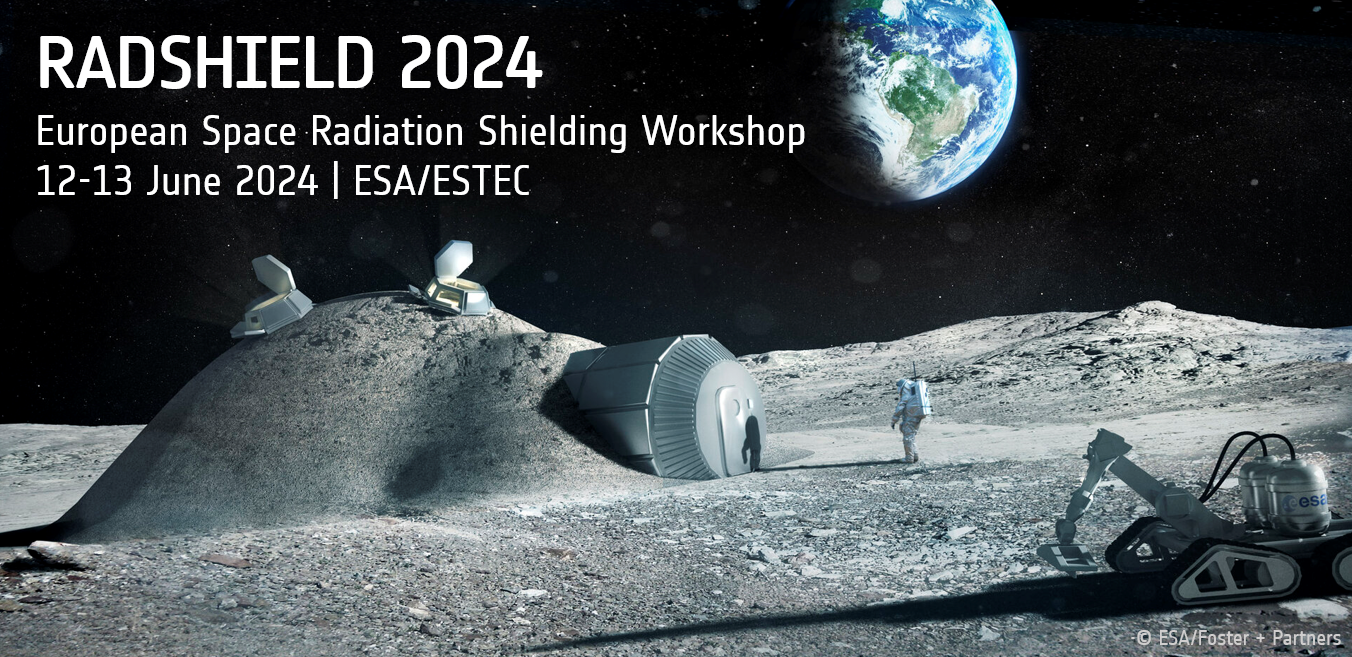Speaker
Description
NUSES is a space mission proposed and coordinated by the Gran Sasso Science Institute (GSSI) in collaboration with INFN, several academic institutions, and Thales Alenia Space Italy (TAS-I). It comprises two key scientific instruments, known as Ziré and Terzina. Ziré is designed to measure the energy spectra of electrons, protons, and light nuclei up to about 300 MeV with the aim of studying low energy cosmic rays, monitoring the Van Allen belts and space weather phenomena, and analyzing magnetosphere-ionosphere-lithosphere coupling (MILC) systems. Moreover, gamma rays ranging from 0.1 to 10 MeV could also be detected.
To fulfil its mission objectives, Ziré relies on a detection system comprised of four primary sub-detectors: 1) a precision tracker based on the use of scintillating fibers, 2) an array of plastic X-Y scintillation bars, 3) a calorimeter utilizing lutetium-yttrium-oxyorthosilicate (LYSO) crystals as the detection target, and 4) an anti-coincidence system to tag background-induced events. A dedicated Low Energy Module (LEM) will extend the sensitive energy range down to the MeV scale for charged particles as well. The sub-detectors of Ziré are based on the use of silicon photomultipliers (SiPMs) to read out the scintillation light released by particle interactions in the target. Ensuring the proper operation of SiPMs in space poses challenges, particularly due to radiation-induced damage.
In this context, this contribution seeks to present the outcomes derived from simulations depicting the radiative environment encountered during the NUSES mission, focusing on Total Ionizing Dose (TID) and Total Non-Ionizing Dose (TNID) damage. Additionally, the contribution outlines the strategy employed to mitigate the expected radiation dose on the SiPMs

